You have to be extremely careful when throwing around big words, and that also applies when testing speakers. But in this case we have no choice. Because Dynaudio’s Black Edition of the Contour 20 is an exceptionally well-performing and accomplished speaker. And by far the best compact speaker in its class. By a wide margin.
Here’s why.
When upgrading a speaker, it’s normal to address individual elements. It can be a modified or upgraded driver or both. Preferably followed by a cosmetic change that makes the new version stand out from the original. Even if only slightly.
It could have been the same with the Contour 20 Black Edition. But Dynaudio has thought differently. Sure, the cabinet with the milled aluminium front panels is familiar from the original. Except that the cabinet only comes with several layers of deep black lacquer. And polished to perfection, everything that matters is new compared to the original.
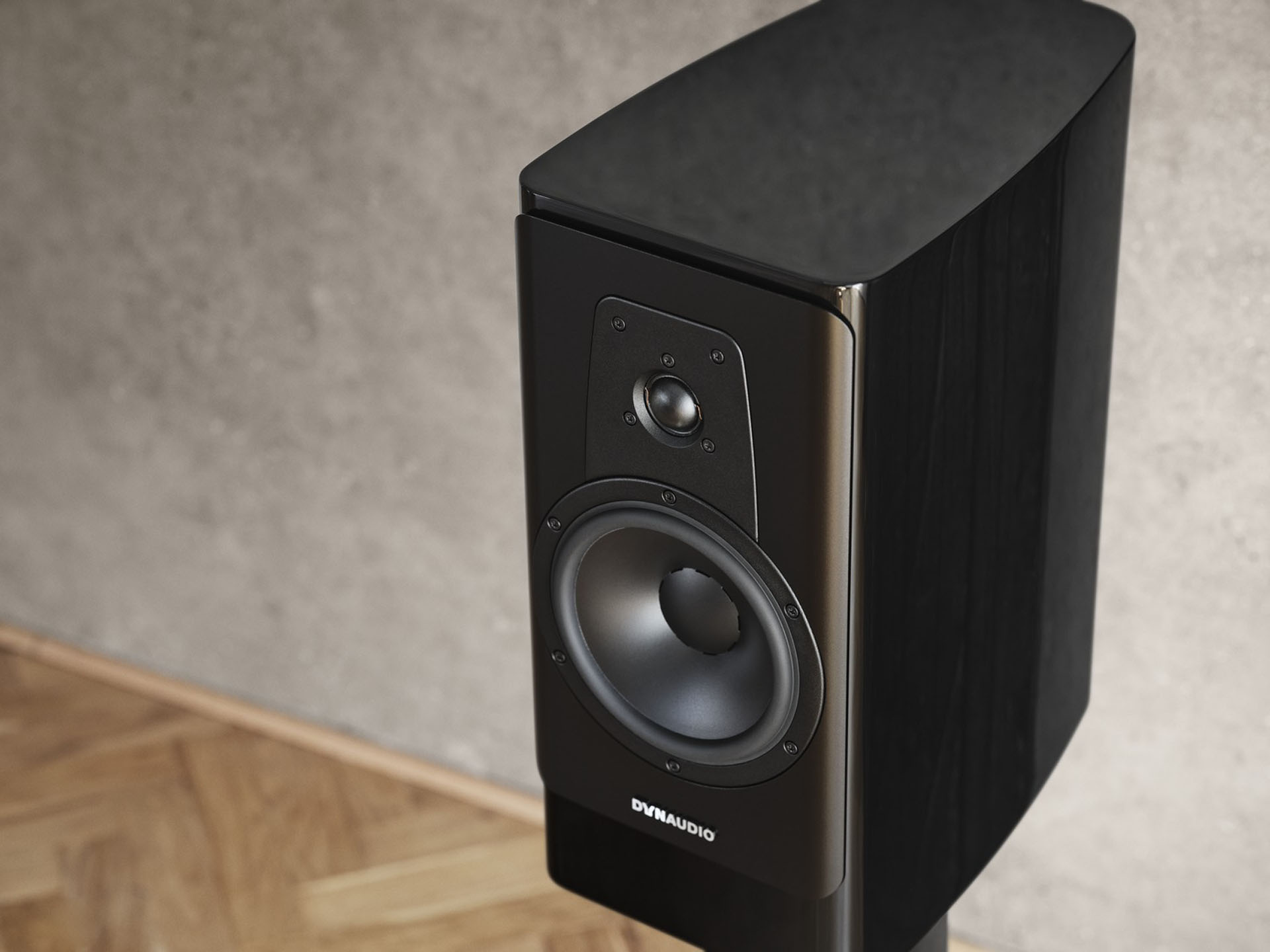
When we tested the first version of the Contour 20, we were so excited that we kept the speakers for several months. They were frequently used as a reference for compact speakers of the time. This was due to an unusually open and balanced soundstage that leaned towards neutral without sounding like a studio monitor. They sounded more natural than much else we tested at the time, and when we packed them up and returned them to the factory, it took us a long time to find a pair of compact speakers good enough to replace the Contour 20.
But after testing the Black Edition, we’re inclined to refuse to return the speakers to Dynaudio. They can call, fax or send a telegram. Yes, they can even knock on the door, we will hardly answer or open it. Because these speakers are so good that once you’ve heard them, you won’t want to let them go.
Top shelf parts
Behind the shiny black lacquer are four fundamental changes, all of which make a big difference to how the speakers sound and how they differ from the original.
In fact, these are the only speakers in the Contour range, apart from the Contour Legacy, that come with Dynaudio’s very best tweeter. Namely the Esotar 3, with a 28 mm silk dome with Hexis on the back. It’s a kind of internal diffuser that dampens resonances and smooths out the frequency response of the tweeter. The Esotar 3 is one of the finest tweeters we know of. It’s usually reserved for the flagship Confidence series, so it’s a bit of a surprise that another speaker in the Contour series gets a top-shelf tweeter.
Bring on the neodymium
The woofer is a new variant of the 18-centimetre NeoTec unit -18W55, with the MSP diaphragm that we know from Dynaudio’s woofers and midwoofers from way back in the day. Dynaudio wanted to increase the sensitivity of the bass and wanted to mount a stronger magnet on the back of the unit to achieve this. But they realised it would take up too much space and compromise the speaker’s bass response more than they wanted. So they had to find another solution. A neodymium magnet was chosen because it can be made smaller and deliver the same power as a large ferrite magnet.
Other details such as a longer fibreglass voice coil, a slimmer profile and a rounded basket will improve the precision, dynamics and sensitivity of the unit, according to Dynaudio.
But that risks creating another problem.
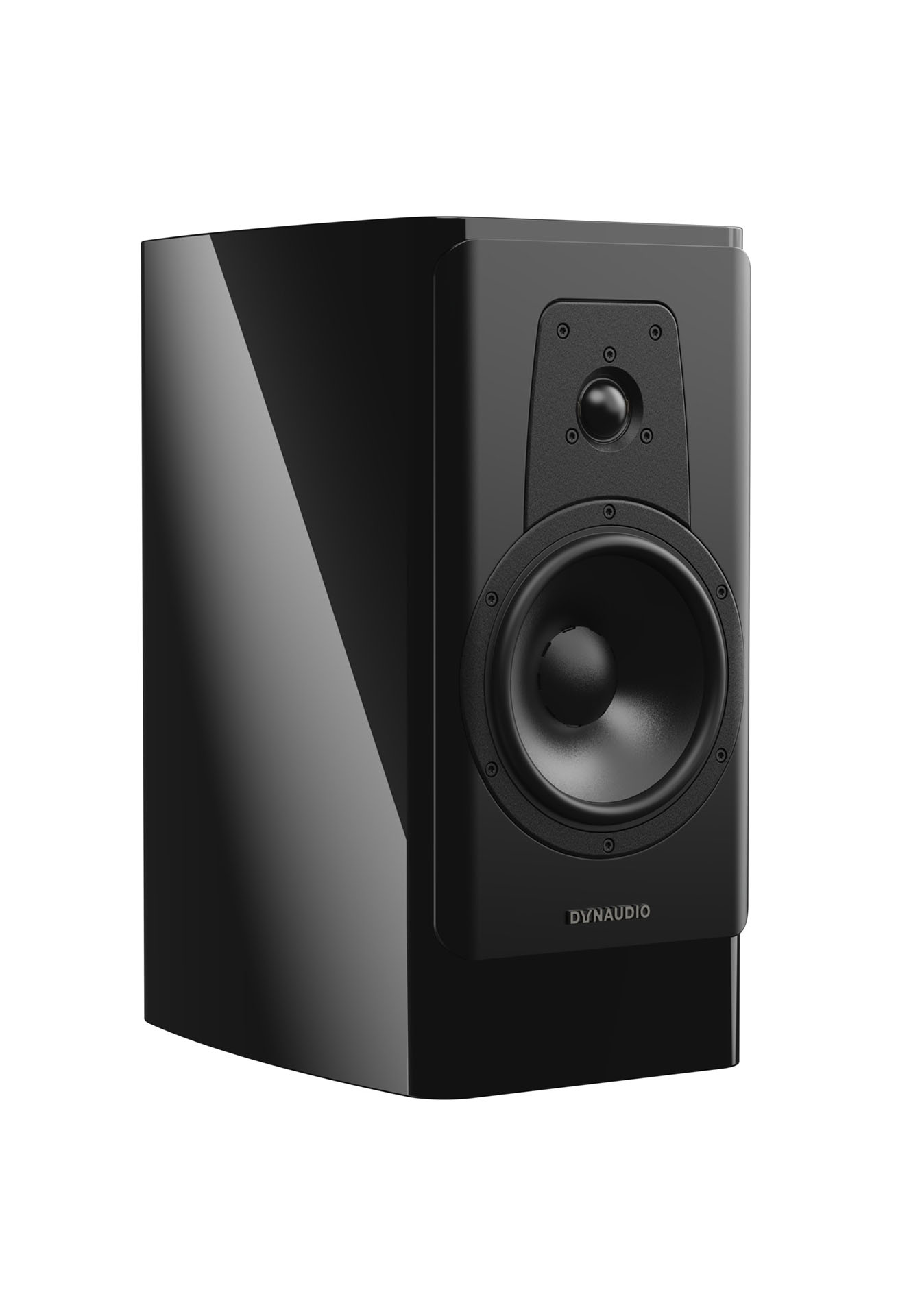
New bass port and crossover
With the increased response in the bass comes an increased risk of noise from the woofer port. Dynaudio wanted to avoid the airflow in the port being audible, so they chose a new bass reflex tube with a larger diameter and curved openings at both ends. In doing so, Dynaudio claims to have achieved a more accurate and powerful woofer from the bass port with fewer artefacts as a welcome bonus.
With what are effectively brand new units, the crossover also needed to be upgraded. But Dynaudio chose instead to make a new crossover from scratch. They chose a second-order filter that divides relatively high, at 3,600 Hz. Where the division between the units overlaps to such an extent that an audible drop in the crossover frequency range is avoided.
The crossover has no phase or impedance correction at all, nor any eq corrections, but it does have expensive resistors and capacitors from Mundorf in Germany. It’s all knitted together with internal cables from Van Den Hul.
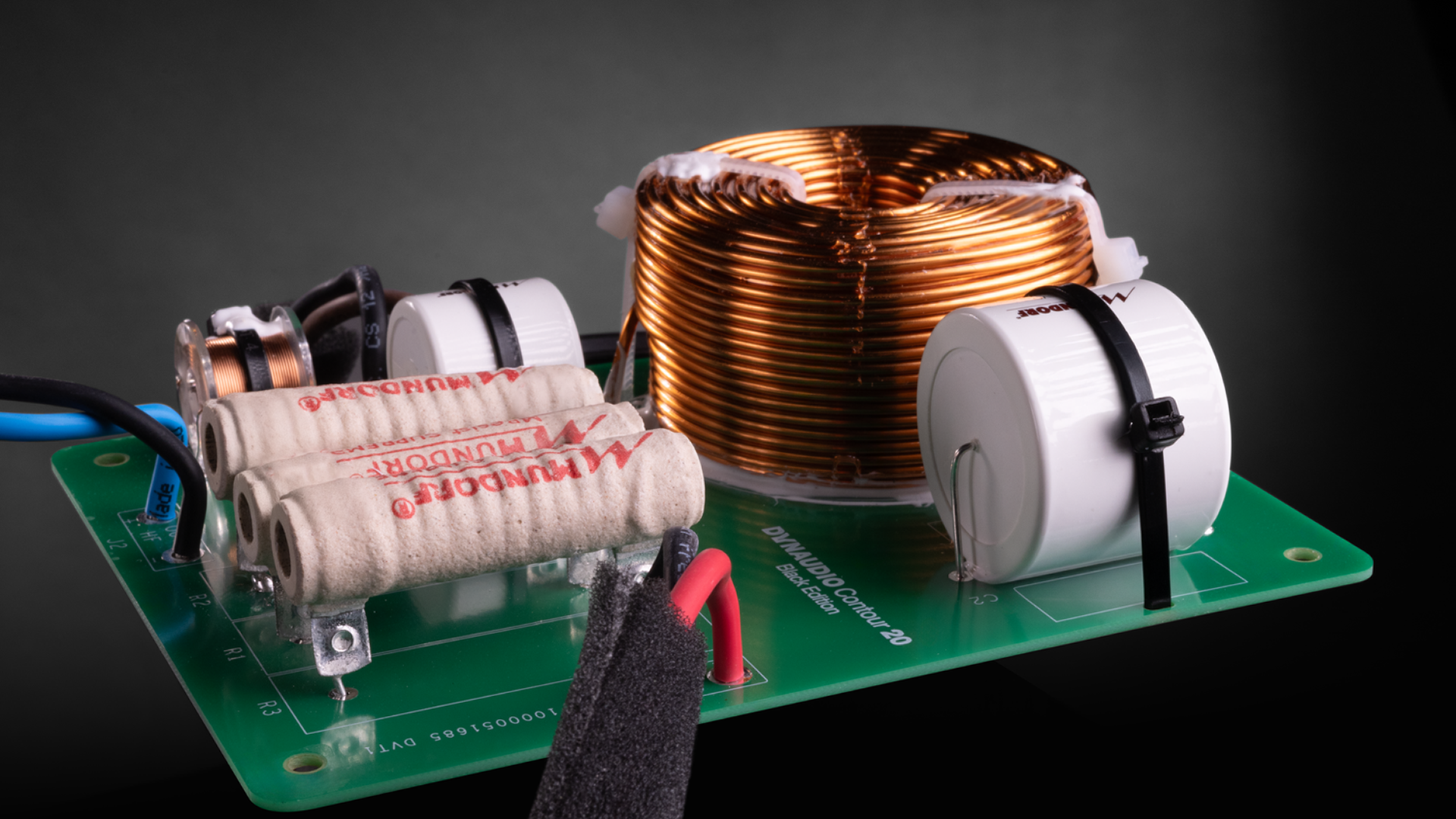
Moderate sensitivity
The deep black speakers, which have a system impedance of 4 Ohms, have a moderate sensitivity of 86 dB, and like most Dynaudio speakers we’ve tested, the Black Edition is at its best when connected to an amplifier that has enough power to harness the wildness that lives inside them.
The sound
This worked perfectly with Hegel’s excellent H190V, which has more than enough power to drive the black speakers and give them the authority they deserve. A Yamaha A-S3200 or Musical Fidelity NuVista 800.2 is also an excellent match for the speakers and complements the amplifiers to perfection.
I started with the Hegel amplifier and the first thing that struck me when I pressed play was how incredibly open and focused they were. That’s not an unusual experience with Dynaudio speakers per se, but these were arguably more transparent, and they had an advantage over the original, which is perhaps the most distinctive thing about the Black Edition. They deliver exceptionally powerful and deep woofers for a relatively compact speaker. I wouldn’t go so far as to say you don’t need a subwoofer with them – because that simply wouldn’t be true – but they definitely deliver a deeper woofer with more power and dynamics than a pair of regular Contour 20s.
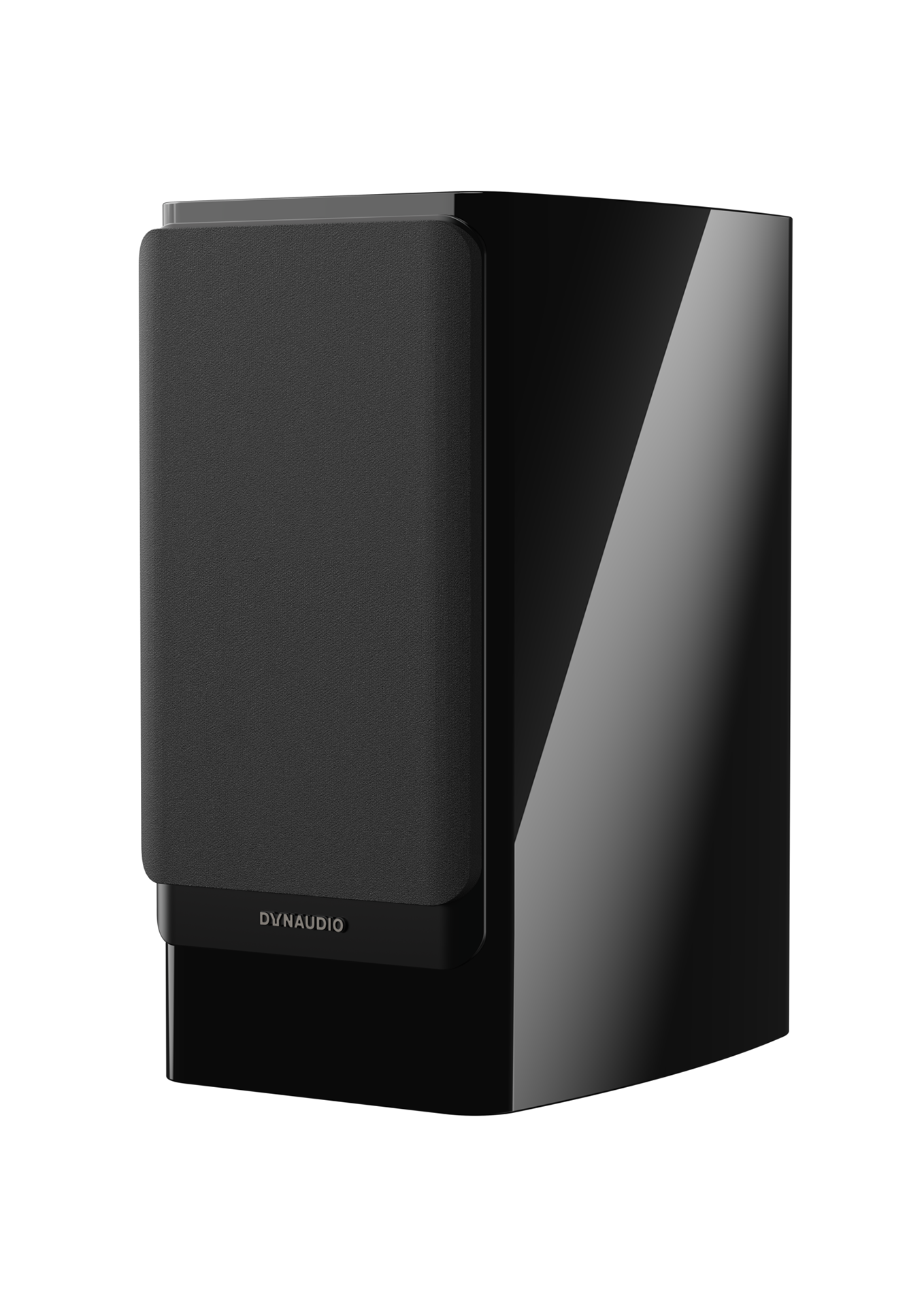
One of the many things I particularly liked about Black Edition was the way they reproduced the piano sound. A unique crystal clear and deep sound filled the room when the Jan Gunnar Hoff Ensemble played Polarity from the album of the same name. There are some short bass runs and drum solos on the album that really came into their own with the black speakers.
It reminded me of the Bowers & Wilkins 805 D4, which delivers a soundstage with a little more warmth and glow, but it somehow fails to deliver the music with the same dynamic contrast or transparency as the Black Edition.
Since it wasn’t so long ago that I had the Contour Legacy in the same spot in the listening room, I thought I recognised the signature of the Legacy model, but at the same time I have to admit that I think the Black Edition sounds even more open. Maybe especially in the midrange, but of course they don’t go as deep with the same authority as the Legacy does in the bass.
Black Edition is just as good at bringing out the atmosphere and sound of Sofienberg Church in Oslo, where the Polarity recording was made. The large church space comes through clearly on the recording, and I never missed the Legacy speaker’s well-articulated bass. Simply because the Black Edition is just as good, I would even argue that the Black Edition actually has an even more clearly defined midrange. Something I noticed on Dire Straits’ Private Investigations, where Mark Knopfler’s guitar sound was more sharply defined than I remember from the Legacy speaker.
The drums at the end of Private Investigations obviously don’t have the impressive depth of a pair of Legacy speakers, but there is more depth and dynamic power in the drums here than in a pair of Audiovector R1 Arreté speakers, for example. Of course, there’s nothing here that resembles a large floorstanding speaker, but the Black Edition soundstage is in many ways a strange combination of skills. The speakers are a kind of Swiss Army knife in the way they handle both fine-tuned trio jazz and the danceable rhythms of funk ensemble Ezra Collective.
The double album Dance, No One’s Watching is a party from start to finish and a perfect example of how the relatively small speakers manage to engage the listener. The music rocks along with a mix of jazz and afrobeat. The lyrics aren’t exactly profound, but the vocals colour the music and give it depth and warmth. The horn section, which is a mainstay of most songs, is beautifully reproduced with a rich warmth of sound that shows that the speakers are by no means harsh or clinical.
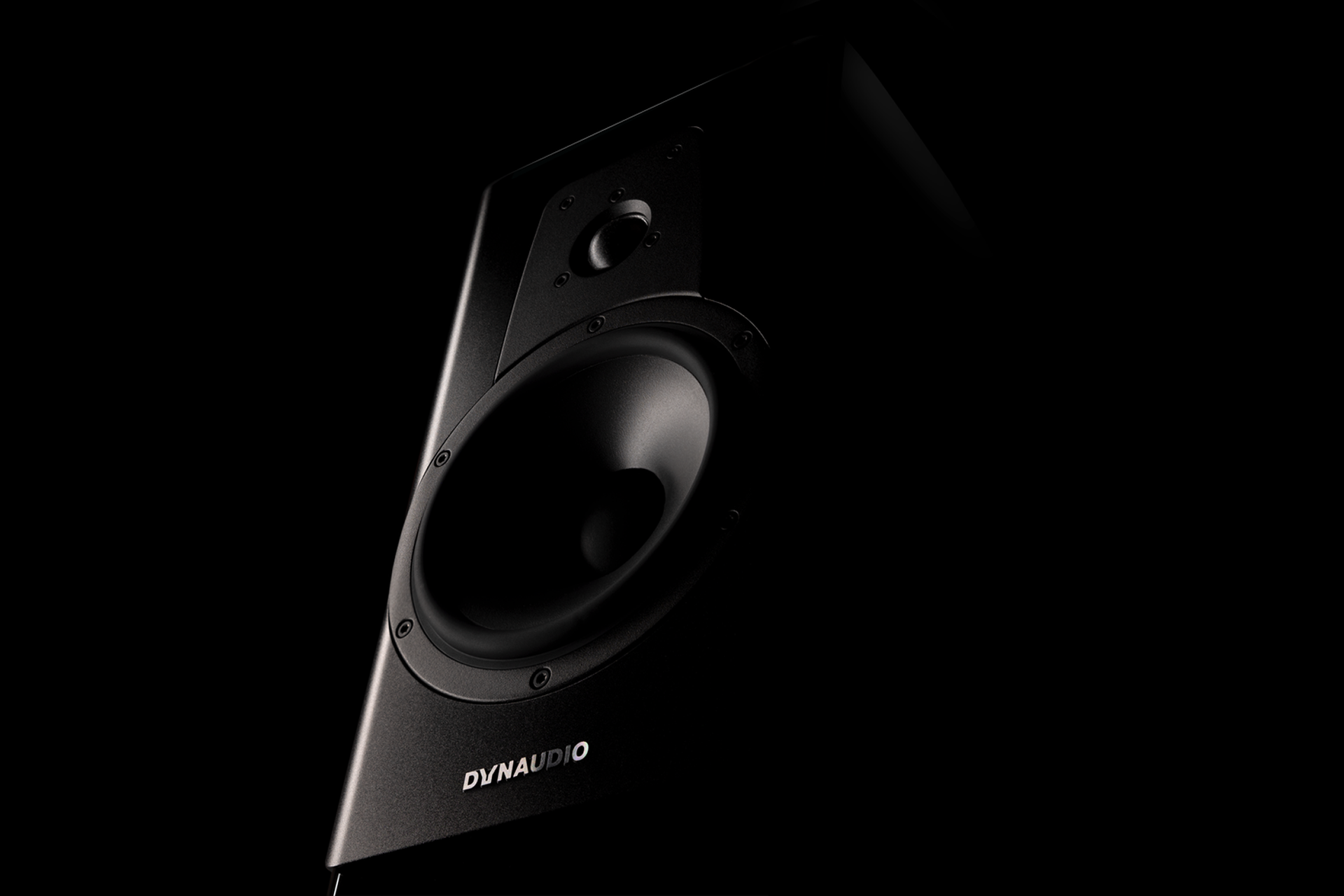
The demo favourite, Kari Bremnes’ 2015 edition of Spor, is recorded with a percussion and bass that seem to be mixed quite far forward on the soundstage. Turn up the volume and small speakers will struggle to reproduce the dynamics in the bass with enough realism. Some will even succumb because they can’t handle the massive energy of the bass. But not the Black Edition. They just play louder when you turn up the volume. There’s not the slightest hint of distortion or break-up. The speakers just thunder away with a bass you can feel in your diaphragm. At the same time, the vocals are exemplary neutral and focussed.
Conclusion
The black version of the Contour 20 is not only the best compact two-way speaker at the price, it’s also one of the best two-way compacts we’ve tested. In every sense of the word. Apart from the natural limitations of such a small speaker, these have no flaws or limitations to speak of. They barely have a peer in the price range and you have to spend a good deal more money to get better sound quality out of a compact speaker. If the Black Edition is to set a precedent for what Dynaudio’s engineers can come up with when they want to upgrade a pair of already good speakers, we can hardly wait for the sequel. You probably won’t get better sound for your money than this, at least not from any compact two-way speakers we know of.

We think
Class-leading dynamic contrast and control. Bold bass reproduction and silky smooth midrange. Transparent and perfectly focused treble. You need a powerful amplifier to control these. Black only.
7000 €
Specifications
- Type: 2-way compact bass reflex speaker
- Woofer: 18 cm MSP membrane 18W55 Black Edition
- Tweeter: 28 mm Esotar 3 Hexis
- Sensitivity: 86 dB
- Impedance: 4 Ohm
- Frequency range: 50 Hz -23 kHz ±3 dB
- Crossover frequency: 3600 hz
- Max sound pressure: not stated
- Recommended amplifier power: 100 w
- Dimensions/weight (cm/kg): 44 x 21.5 x 40/14.6
- Colours: Black lacquer
- Web: dynaudio.com
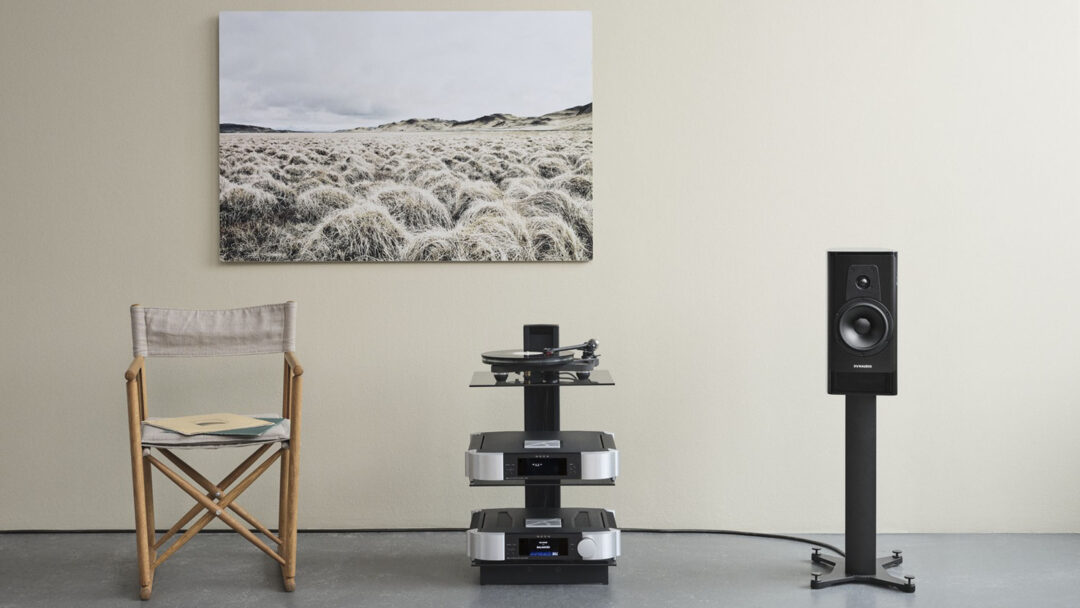

This is definitely a good sounding speaker but in fact there are many speakers that compete with it at its that price level. And actually a few gems for far less. This includes Revival Audio’s Atalante 3 speakers which easily match the Contour Black Edition’s tweeter and surpasses its mid-range and bass performance while also featuring more micro detail and a larger soundstage.